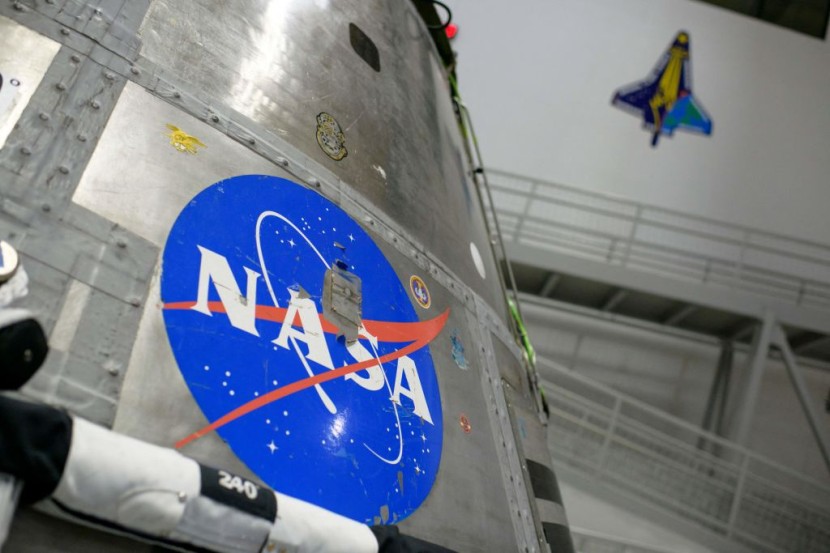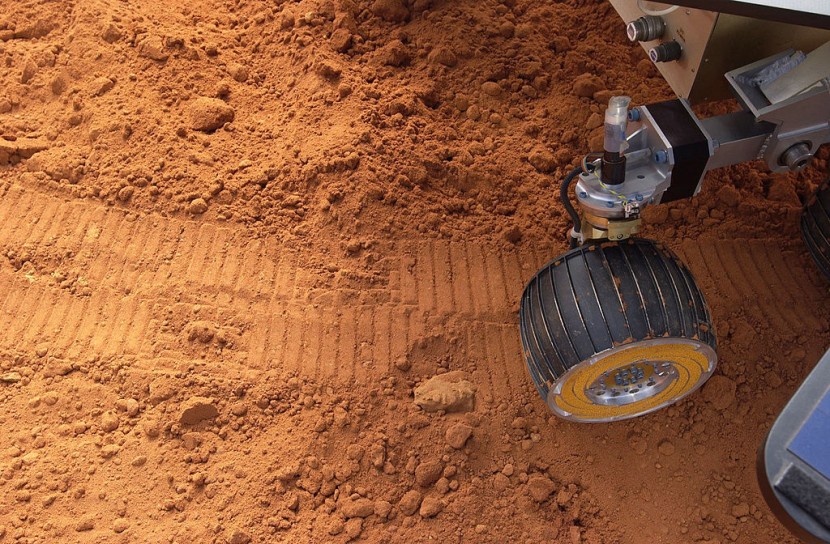Four NASA volunteers are already sealed inside a virtual Mars simulation as part of the CHAPEA (Crew Health and Performance Exploration Analog) mission.

NASA's CHAPEA mission started on Sunday, June 25. It is the first of the three Mars simulation projects of the international space agency.
The CHAPEA mission is critical for NASA as it prepares for human exploration on the Red Planet.
NASA Volunteers Now Sealed in Virtual Mars Simulation
According to Forbes' latest report, NASA announced its CHAPEA mission back in August 2021.

Its recruitment process began in 2021. Finally, the space union selected four volunteers who will stay inside the CHAPEA Mars simulation.
They will spend exactly 378 days inside the ground-based simulation environment of the Red Planet.
NASA said that the crew members would live within a 3D-printed, 1,700-square-foot artificial habitat.
Two bathrooms, private crew quarters, as well as dedicated areas for fitness, work, and recreation can be found inside the CHAPEA Mars simulation environment.
After this first CHAPEA mission, NASA will launch the second and third in 2025 and 2026.
"These long-duration mission simulations really bring Mars closer to us," said NASA Engineering Director Julie Kramer-White.
"They help us realize Mars is within our reach as we try to address the issues and challenges that will face us in these long missions," she added.
What NASA Volunteers Will Do
USA Today reported that NASA volunteers are tasked to experience CHAPEA's simulated Mars challenges.
These include communication delays, equipment failure, and resource scarcity.
Researchers will also carry out numerous experiments and other activities, such as robotic operations, habitat maintenance, and simulated spacewalks.
Here are the chosen CHAPEA volunteers:
- Anca Selariu: A navy microbiologist.
- Nathan Jones: An emergency medicine physician.
- Ross Brockwell: A structural engineer.
- Kelly Haston: A research scientist.
Haston, who serves as the crew's commander, said that they worked pretty hard to prepare for the CHAPEA mission.
If you want to learn more about these NASA volunteers and the ongoing CHAPEA mission, you can click this link.








